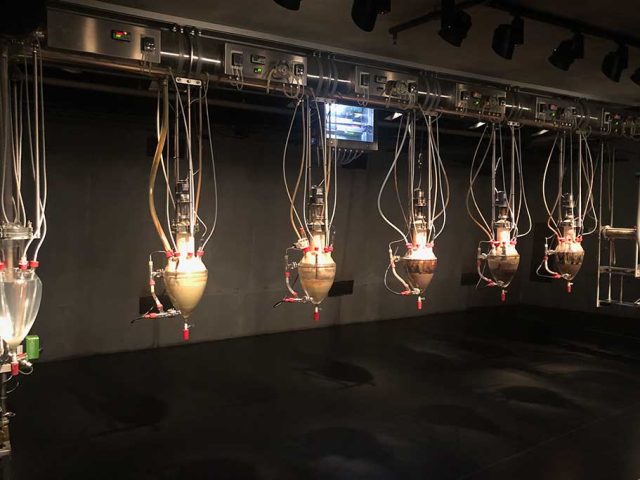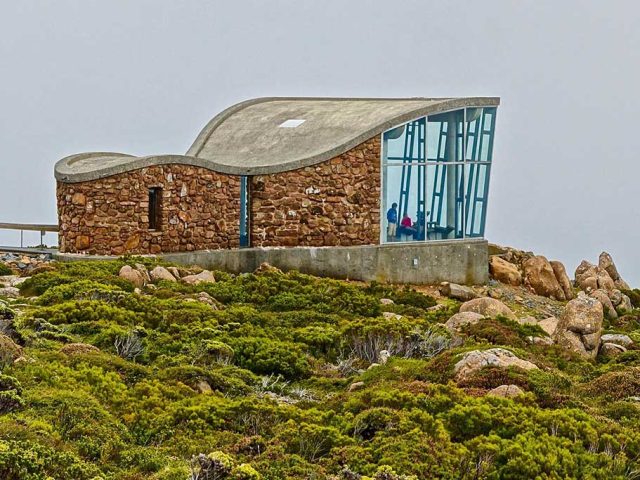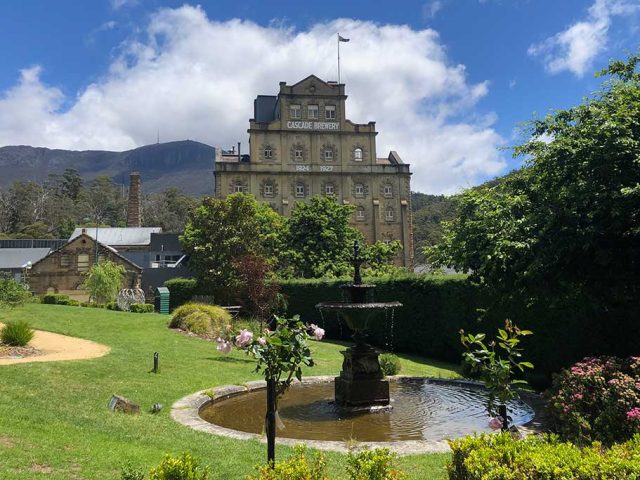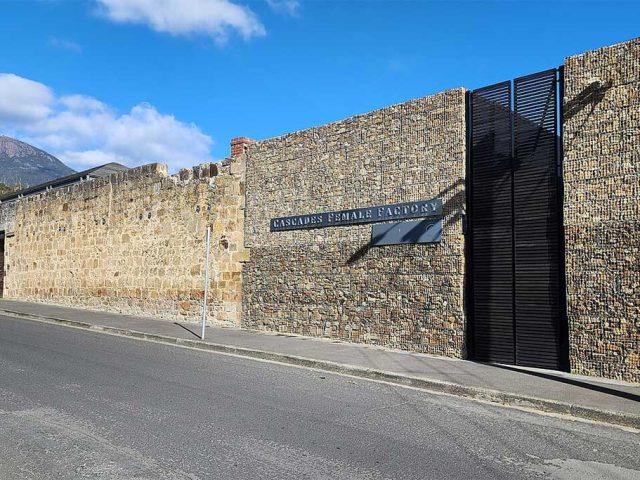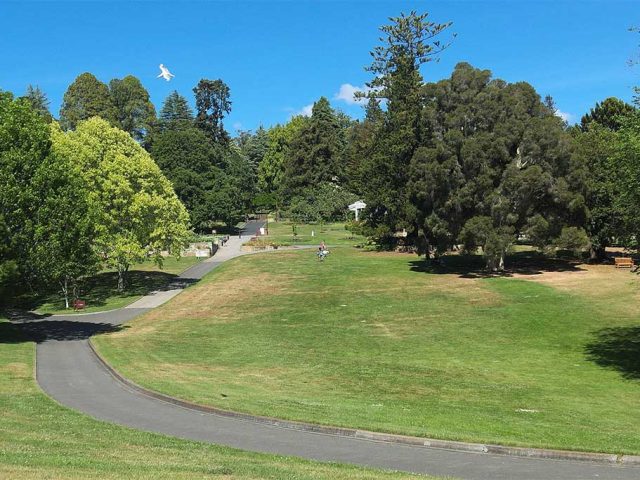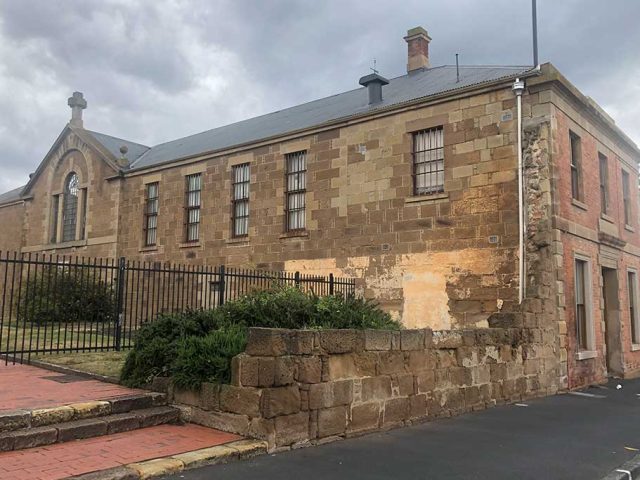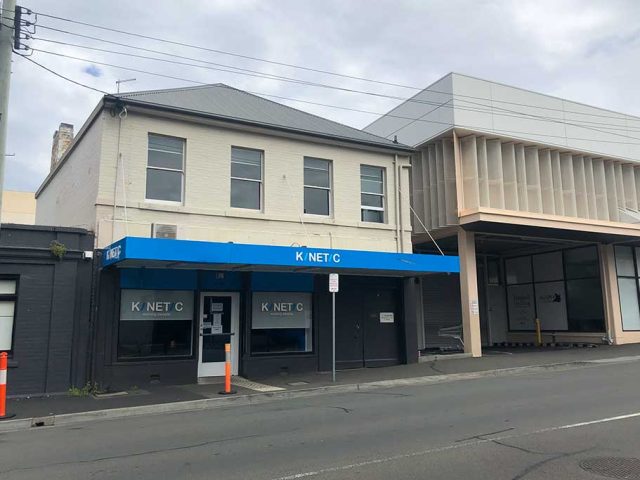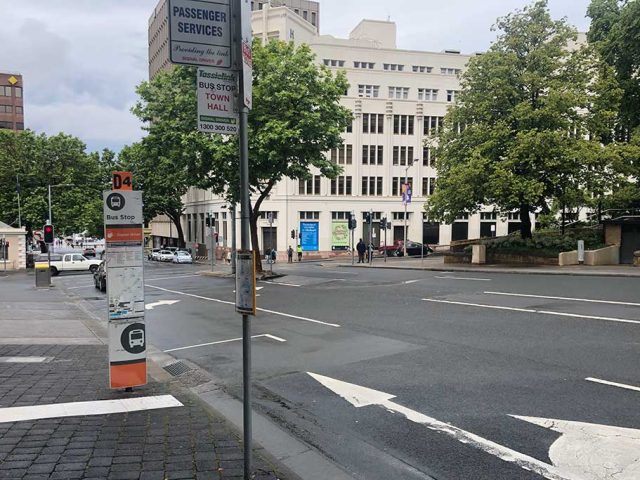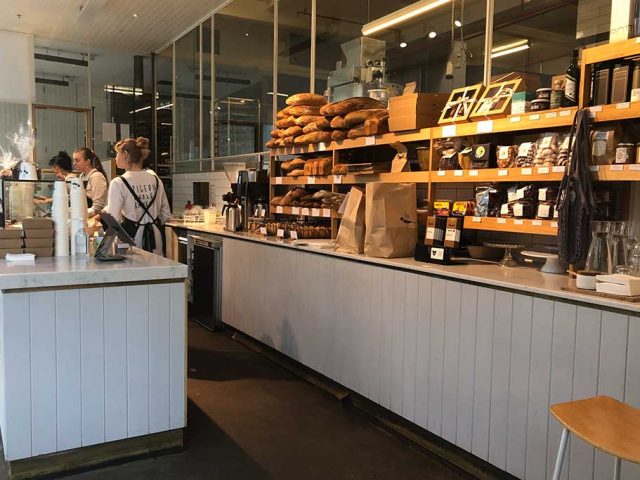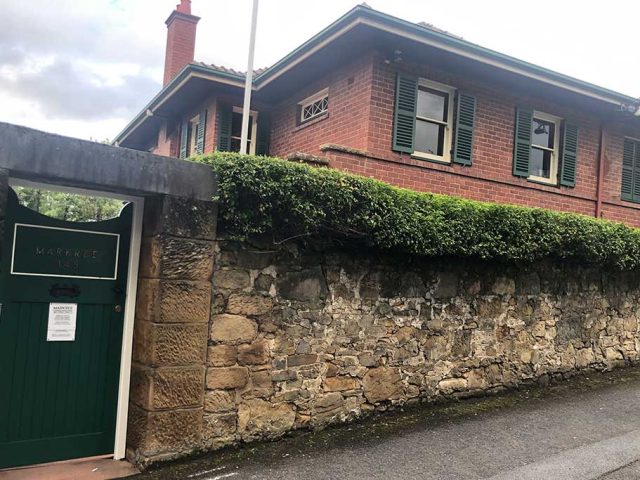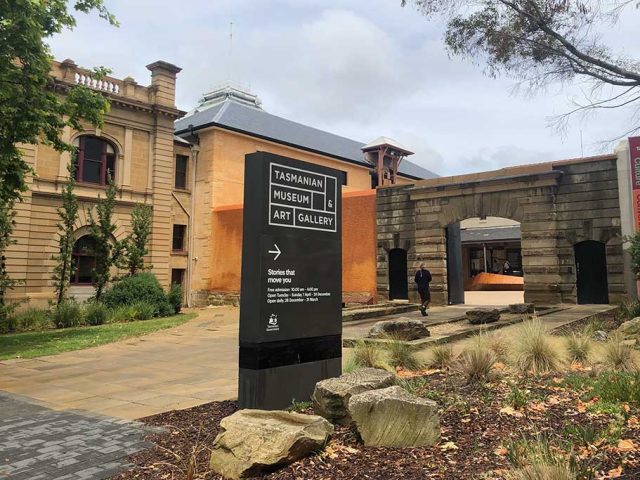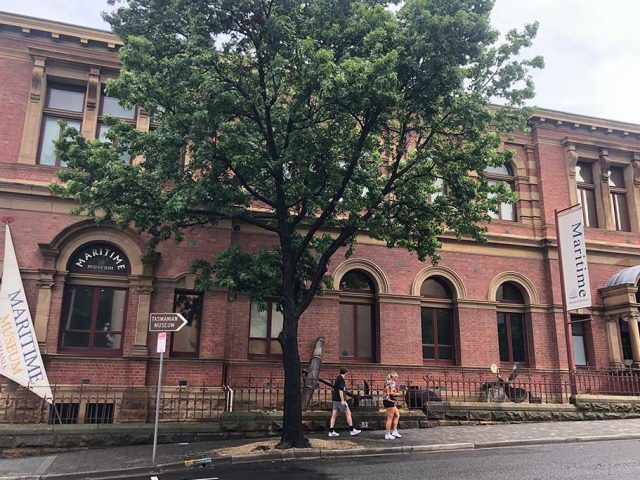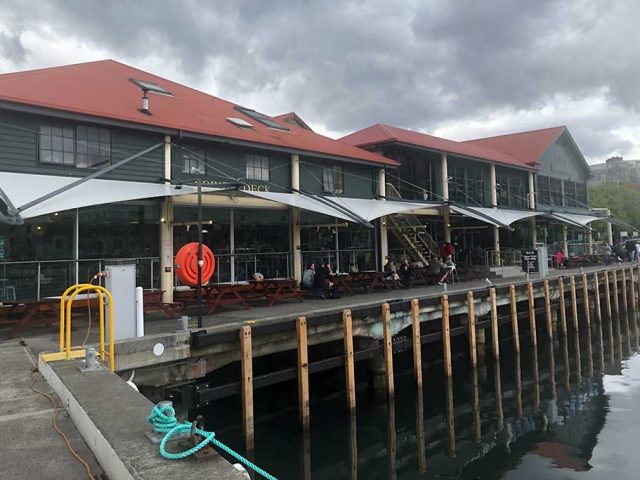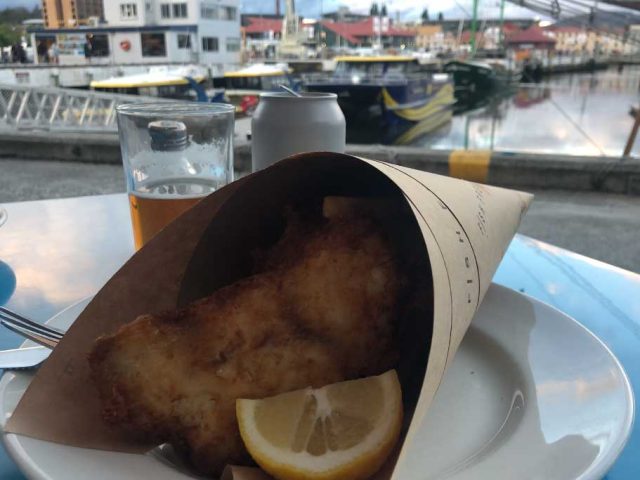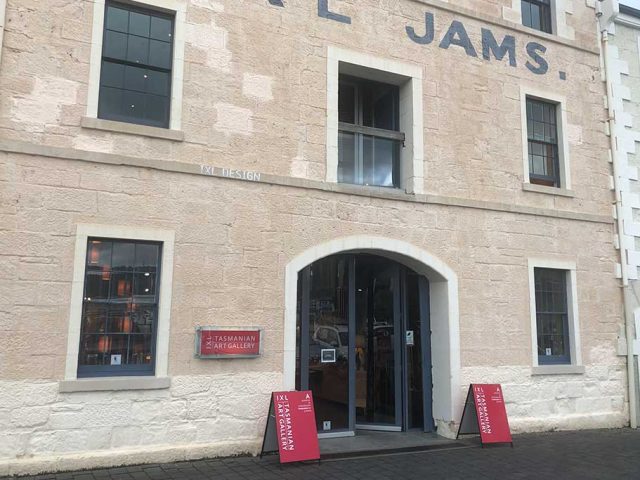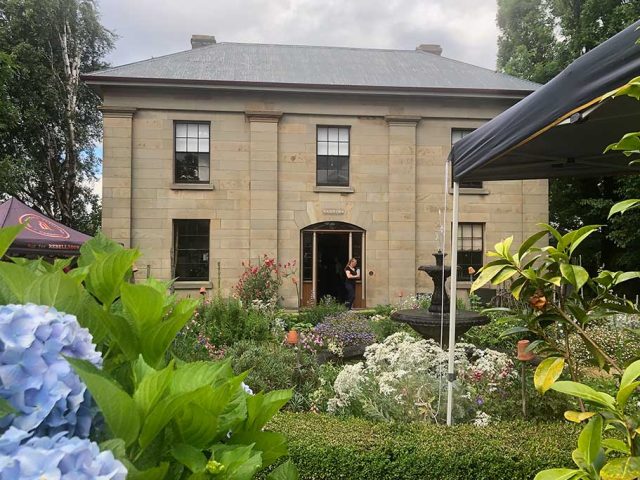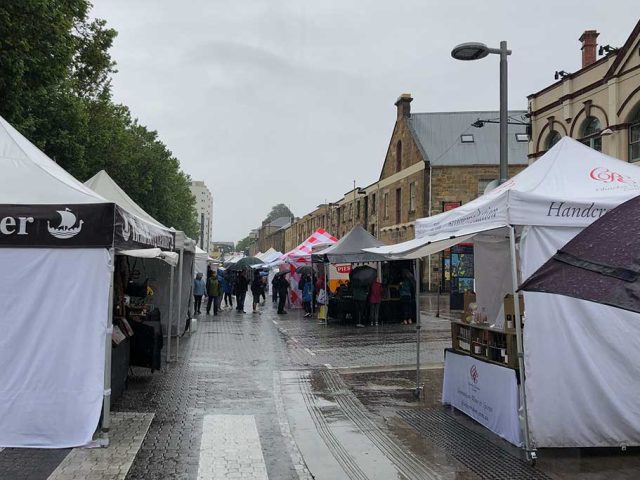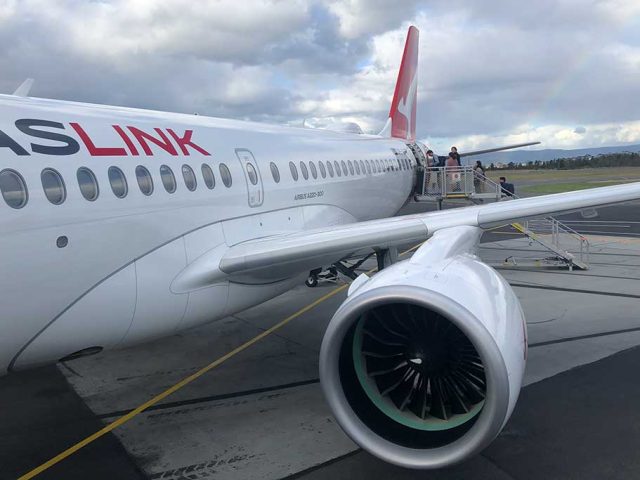Galley Museum
Local history museum
The Galley Museum is a local history museum in Queenstown, Tasmania. Located in a 19th-century building, the museum, also known as the Eric Thomas Galley Museum, offers insights into the region’s mining heritage and early settlement. The museum showcases a diverse collection of artefacts, photographs and memorabilia that reflect Queenstown’s past. It serves as an important resource for understanding the town’s unique history and the challenges faced by its residents over the years.
The Galley Museum is housed in a building originally constructed as the Imperial Hotel in 1897. During Queenstown’s mining boom, the hotel catered to workers and visitors drawn to the area by the discovery of gold and copper. The building later served as a boarding house and, for a time, as a medical centre. Its transformation into a museum reflects the community’s efforts to preserve and share Queenstown’s history.
The museum’s collection has been built largely through donations from local residents, offering a personal view of life in the region. The exhibits highlight key events, including the rise of the mining industry, natural disasters and the social history of Queenstown’s community. By documenting these stories, the Galley Museum helps visitors understand the resilience and adaptability of those who lived in this remote and challenging environment.
What to see at the Galley Museum
The Galley Museum features over 30 themed rooms displaying a wide range of artefacts, photographs, and documents. These exhibits cover different aspects of Queenstown’s history, from mining and transportation to social life and local events.
One of the museum’s most notable displays focuses on the North Mount Lyell mining disaster of 1912, one of Tasmania’s worst industrial accidents. Visitors can view photographs and read accounts of the tragedy, which claimed 42 lives, and learn about the rescue efforts and its impact on the community.
Another section explores the history of the Mount Lyell Mining and Railway Company, which played a central role in Queenstown’s development. Items on display include mining tools, historical documents, and photographs of miners at work.
The museum also includes exhibits on early transport, such as the development of the West Coast Wilderness Railway. Railway memorabilia and vintage photographs illustrate how the railway connected Queenstown with the rest of Tasmania, transporting copper and other goods.
Other themed rooms provide insights into daily life in Queenstown during the 19th and 20th centuries. Displays include domestic items, clothing and personal artefacts that reflect the experiences of local families. There are also exhibits highlighting the role of sports, community events, and education in Queenstown’s history.
A collection of photographs collected, and also processed, by Eric Thomas offers a visual record of life on Tasmania’s west coast. These images capture scenes of industry, landscapes and local residents, providing a valuable historical perspective.
The museum’s eclectic nature means visitors may encounter unexpected items, from old telephones and typewriters to military uniforms and weathered mining boots.
Visiting the Galley Museum
The Galley Museum is on Driffield Street in the centre of Queenstown, making it easily accessible to other points of interest in Queenstown, including the West Coast Wilderness Railway station.
The museum is open daily and the admission fee is reasonable.
Allow 1–2 hours for your visit to the Galley Museum.
1–7 Driffield Street, Queenstown TAS 7467

